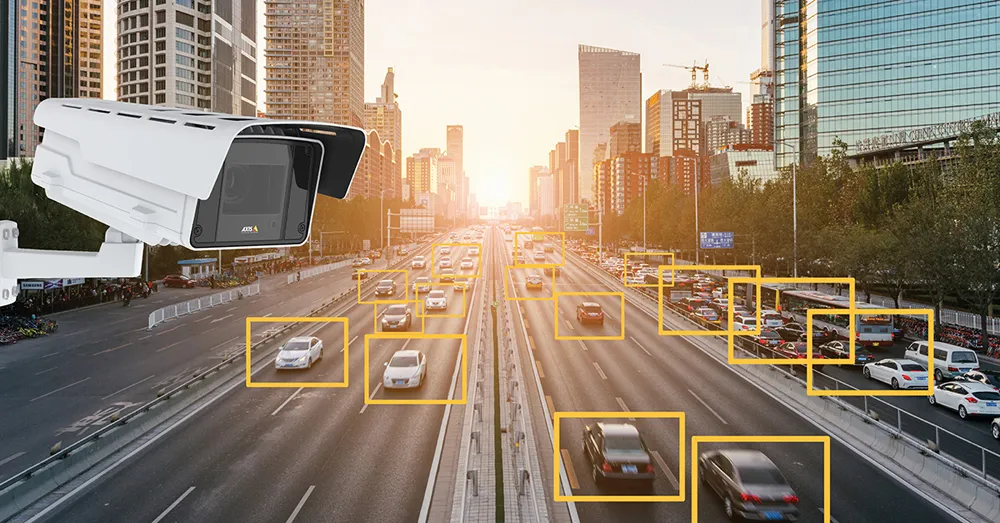The company says the global shutter CMOS cameras provide resolutions up to 48 megapixel for inspecting tracks, rails and catenary wires. Also, the LX models come with exposure times of less than 10 µs for precise image acquisition even at high speed.
For inspections of pantographs, wheels or brakes, the LX 3D cameras use laser triangulation at up to 4K line length resolution and profile rates of more than 2.5kHz at 128 lines. They also capture damage or wear and tear and at high speed.
In catenary infrastructure scenarios, the cameras can inspect proper geometry, breakage or deformation. LX, featuring bandwidths up to 10Gbit/s, carries out high-speed image transmission while reducing evaluation time, the company adds.
According to Baumer, LX is based on the image quality of Sony’s Pregius sensors to provide reliable character recognition.
The cameras also come with a dynamic range of more than 70dB to operate in outdoor environments with changing light conditions.
Stand: 1F32
Baumer's LX cameras for inspection tasks
Baumer’s LX cameras are expected to offer high resolutions and frame rates up to 337fps and 3D algorithms for inspections in railway networks and catenary infrastructure.
The company says the global shutter CMOS cameras provide resolutions up to 48 megapixel for inspecting tracks, rails and catenary wires. Also, the LX models come with exposure times of less than 10 µs for precise image acquisition even at high speed.
For inspections of pantographs, wheels or brakes, the LX 3D cameras use laser triangula
October 25, 2018
Read time: 2 mins









